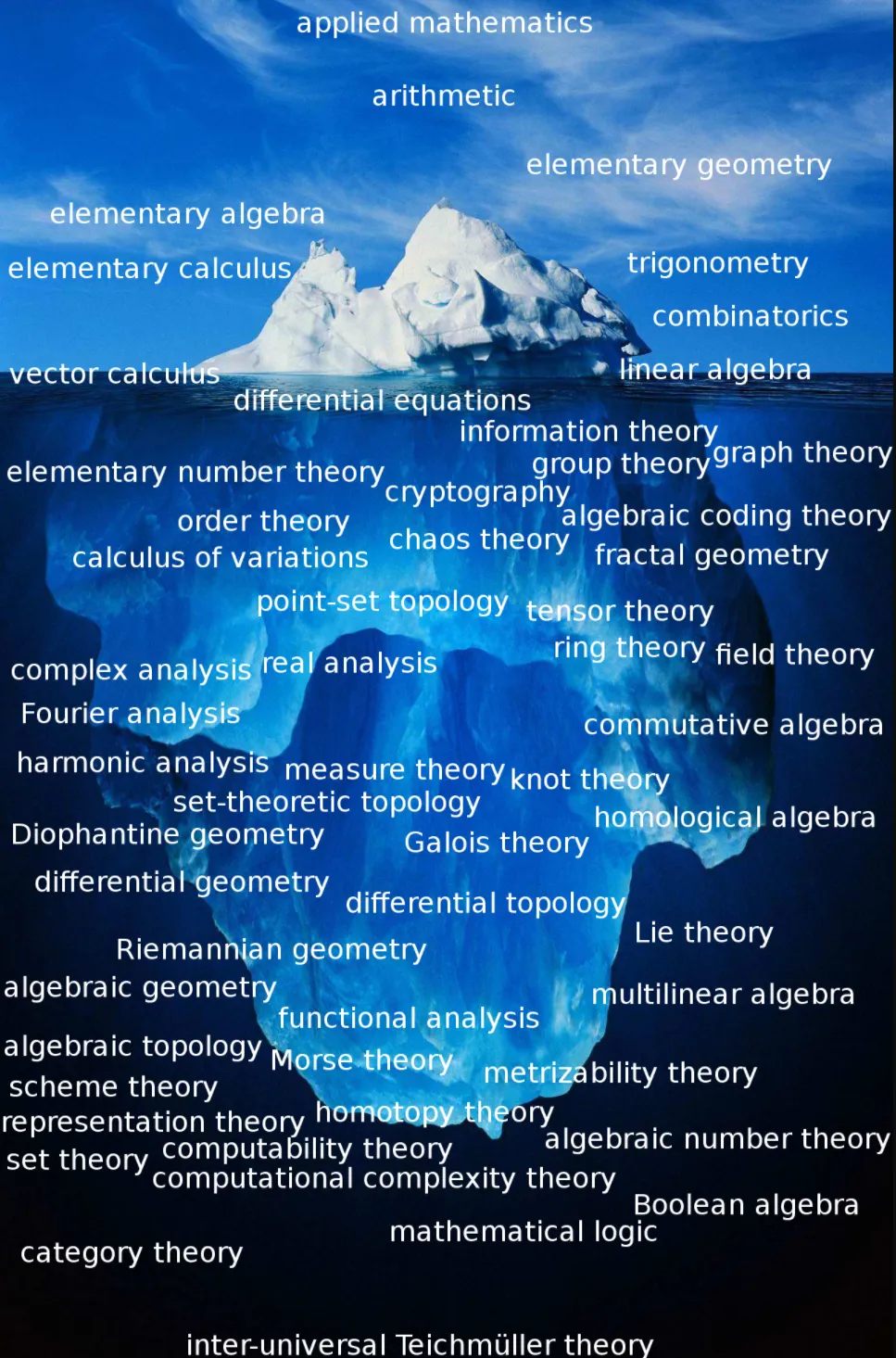An introduction to anti-homomorphisms of groups
It is known that the homomorphisms between group preserve products. However, the anti-homomorphisms between groups invert products in contrast to the homomorphisms. In this article, we briefly introduce the notion of anti-homomorphisms of groups, and we will study anti-homomorphisms of rings in the next article.
1. Anti-homomorphisms of groups.
In this section, all groups are not necessarily abelian. For simplicity, we will simply call anti-homomorphism instead of anti-homomorphism of groups.
Definition 1. An anti-homomorphism $\phi:(A,\cdot) \rightarrow (B,\cdot)$ is a mapping $\phi : A \rightarrow B$ such that $\phi(x \cdot y) = \phi(y) \cdot \phi(x)$ for all $x, y \in A$.
Anti-homomorphism preserves identity elements, inverses, and powers, which can be readily proved.
Proposition 2. If $\phi: A \rightarrow B$ is an anti-homomorphism of groups, then $\phi(1) = 1$, $\phi(x^{−1}) = \phi(x)^{−1}$, and $\phi(x^{n}) = \phi(x)^{n}$ , for all $x\in A, n \in \mathbb{Z}$.
Compared to monomorphisms, epimorphisms, and isomorphisms of groups, we could define anti-monomorphisms, anti-epimorphisms and anti-isomorphisms. Before that, first consider the following proposition:
Proposition 3. If $\varphi$ is a bijective anti-homomorphism of groups, then its inverse bijection $\varphi^{−1}$ is also an anti-homomorphism of groups.
Definition 4. An anti-monomorphism of groups is an injective anti-homomorphism of groups. An anti-epimorphism of groups is a surjective anti-homomorphism of groups. An anti-isomorphism of groups is a bijective anti-homomorphism of groups. Two groups $A$ and $B$ are called anti-isomorphic when there exists an anti-isomorphism $A\cong B$. If $f$ is an anti-isomorphism, then its inverse $f^{−1}$ is called its anti-inverse.
Next, we define kernels and images of anti-homomorphisms.
Definition 5. Let $\varphi : A\rightarrow B$ be an anti-homomorphism of groups. Then the kernel of $\phi$ is
$$\textrm{Ker }\varphi:=\{a\in A\mid \varphi(a)=1\}.$$
The image of $\phi$ is
$$\textrm{Im }\varphi:=\{\varphi(a)\mid a\in A\}.$$
We note some propositions about kernel, cokernel, and image of an anti-homomorphism of groups.
Proposition 6. Let $\varphi:A\rightarrow B$ be an anti-homomorphism of groups. Then ${\rm{Ker}}\varphi$ is a normal subgroup of $A$ and ${\rm{Im}}\varphi$ is a subgroup of $B$.
Proof. We just prove that $\textrm{Ker }\varphi$ as a subgroup of $A$ is normal. Since in Anti-homomorphism in Rings, we have $\varphi(x)=\varphi(y)$ if and only if $x-y\in\textrm{Ker }\varphi$ for any $x,y\in A$. Then $x\in\textrm{Ker }\varphi+y$ if and only if $x\in y+\textrm{Ker }\varphi$, which shows that $\textrm{Ker }\varphi$ is normal in $A$.
Proposition 7. Let $\varphi:A\rightarrow B$ be an anti-homomorphism of groups. Then $\varphi$ is an anti-monomorphism if and only if ${\rm{Ker }}\varphi=0$. And $\varphi$ is an anti-epimorphism if and only if ${\rm{Coker}} \varphi=0$.
0 人喜欢
暂无评论,来发布第一条评论吧!

